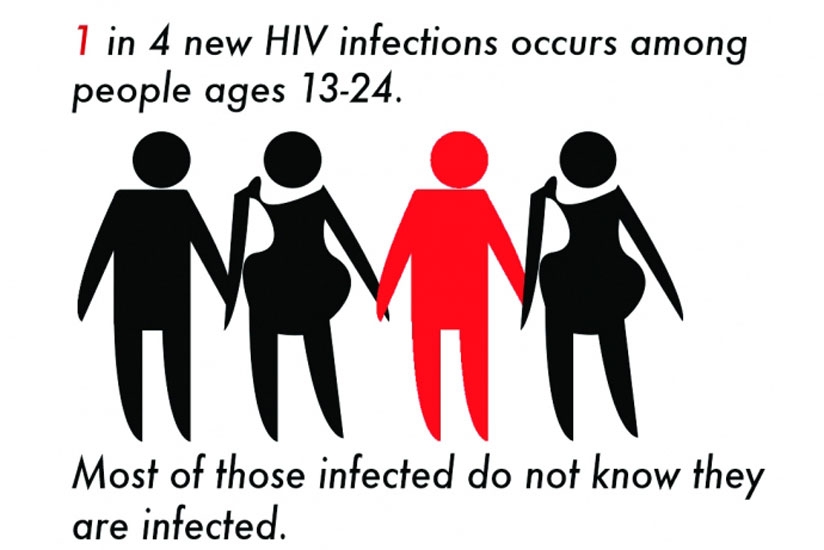Circumcision is the surgical removal of the foreskin, the tissue covering the head of the penis. It is an ancient practice that has its origin in religious rites.


Circumcision is the surgical removal of the foreskin, the tissue covering the head of the penis. It is an ancient practice that has its origin in religious rites.
In the past, people used to circumcise their sons based on religious or other factors but tangible health benefits of circumcision seem to be at the forefront today.
There has been growing campaign about male circumcision and the center of excellence at Rwanda Military hospital has attracted thousands of male adolescents for ring circumcision and other types of male circumcision.
There has been a great campaign for people to be informed about the benefits of circumcision. This campaign is very important since it alerts even older uncircumcised male population and their partners about the enormous benefits of male circumcision.
It is also important to ensure a high level of male circumcision by promotion of circumcision in infancy, when it is much simpler and cheaper to perform that when someone become older. Less pain is felt at infancy than at an advanced age of life.
Some people dodge circumcision because of the few risks associated with circumcision such as pain, risk of bleeding, irritation of the glans, increased risk of meatitis- inflammation of the opening of the penis, risk of injury to the penis and and sometimes infection at the site of the circumcision.
Such risks could arise because the soft part of the penis is exposed during a circumcision. The foreskin is freed from the head of the penis (glans), and the excess foreskin is clipped off.
Medical experts tend to explain to clients about the possible occurrence of such risks before making a decision as regards circumcision of a male child.
Other factors such as the culture, religion, and personal preference can also impact the decision to circumcise or not.
Circumcision also makes it easier to keep the end of the penis clean and good hygiene helps to protect and prevent the occurrence of certain problems such as infections as well as inexplicable inflammatory swellings.
Some factors can prompt the decision to circumcise. For example, if the foreskin is excessively narrow at the tip, this can increase the risk of local irritation or infection.
Germs usually collect around an uncircumcised foreskin, leading to urinary tract infections. In boys with kidney abnormalities, circumcision can limit kidney infections that would further impair kidney function.
Circumcision poses vast health advantages that include decreased risk of urinary tract infections and reduced risk of sexually transmitted diseases in men.
Protection against penile cancer and a reduced risk of cervical cancer in female sex partners is another scientifically proven advantage.
Other advantages include prevention of balanitis (inflammation of the glans) and balanoposthitis (inflammation of the glans and foreskin) as well as Prevention of phimosis (the inability to retract the foreskin) and paraphimosis (the inability to return the foreskin to its original location).
It is also believed that majority of men who are HIV positive become infected through the penis during sexual contact.
Recent studies have proven conclusively that uncircumcised men are at a much greater risk of becoming infected with HIV than men who are circumcised. The reason to support this view is that the inner surface of the foreskin has a very high concentration of cells containing HIV receptors that act as a portal into the body when exposed to HIV-infected bodily fluids such as semen.
Another scientific explanation is that the foreskin traps HIV in a moist environment near the surface of the penis, allowing the HIV to live longer, also small foreskin tears that may occur during intercourse provide an entryway for the virus.
Important to note is that circumcision appears to reduce the risk of HIV infection, it does not eliminate the risk. Circumcision should not be viewed as a substitute for safer sex methods.


